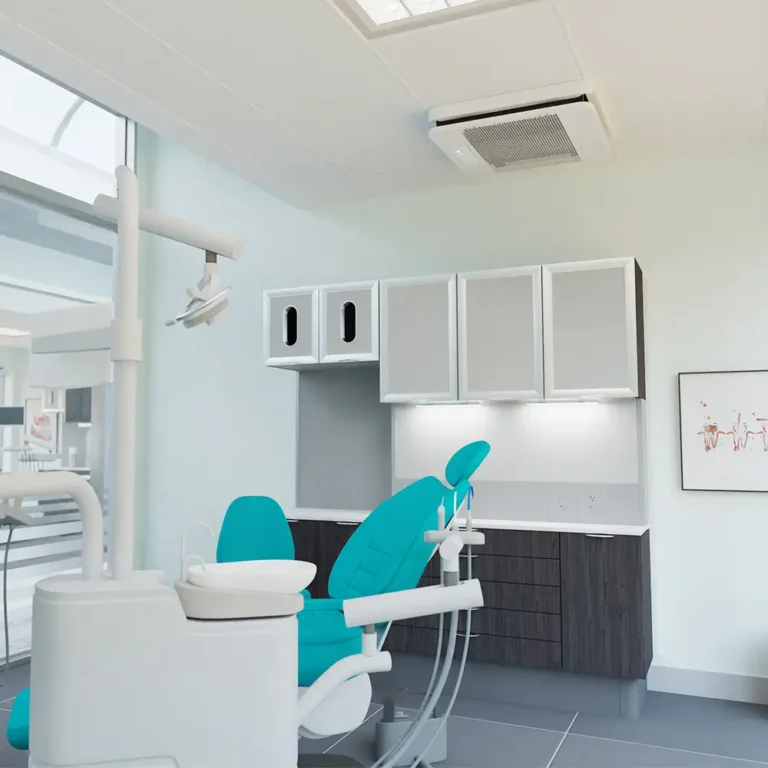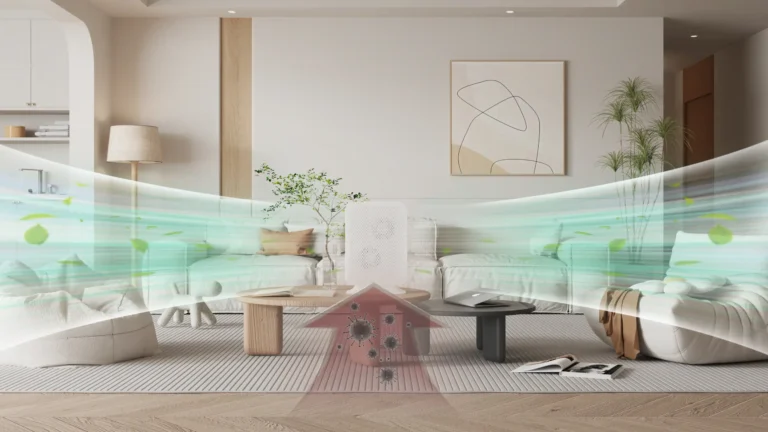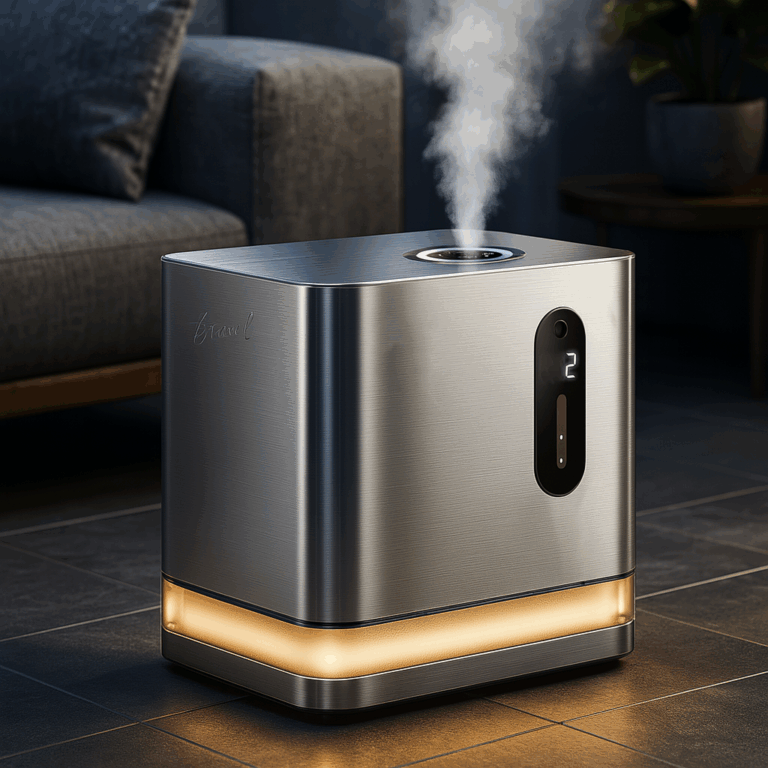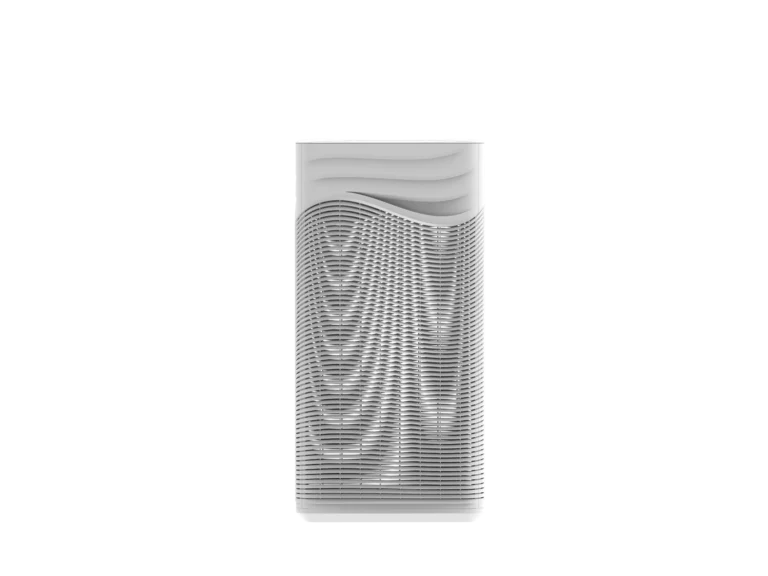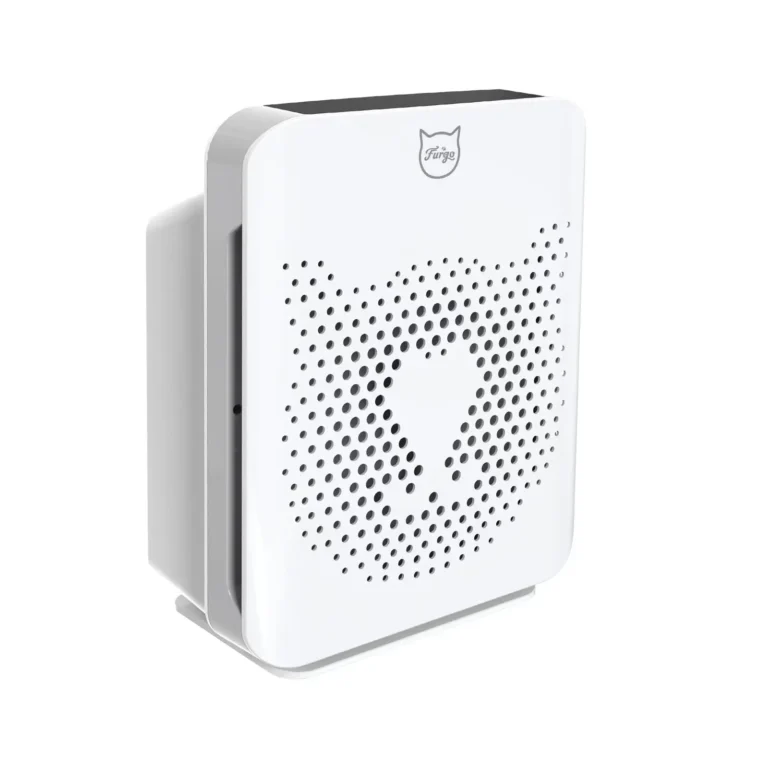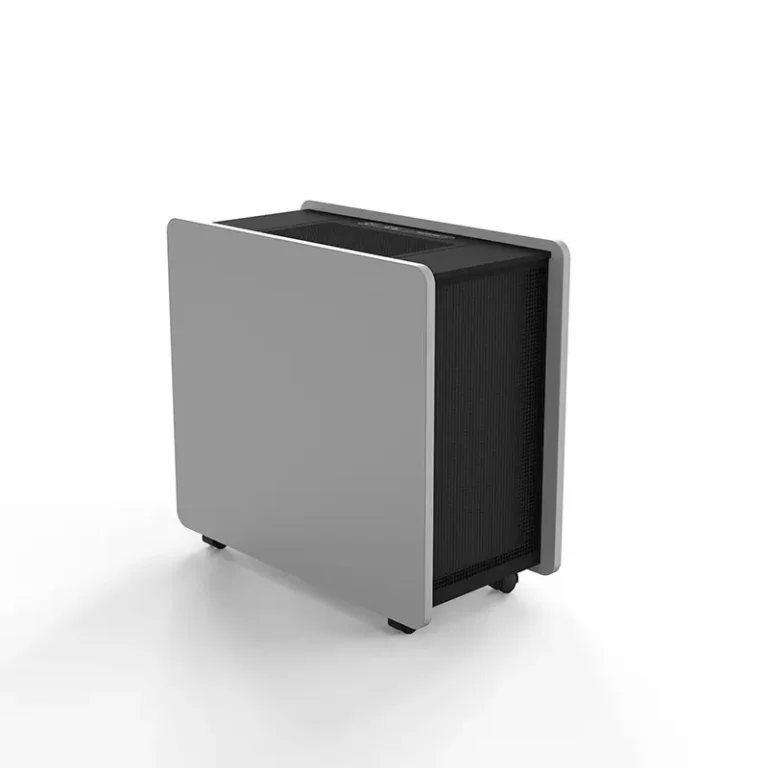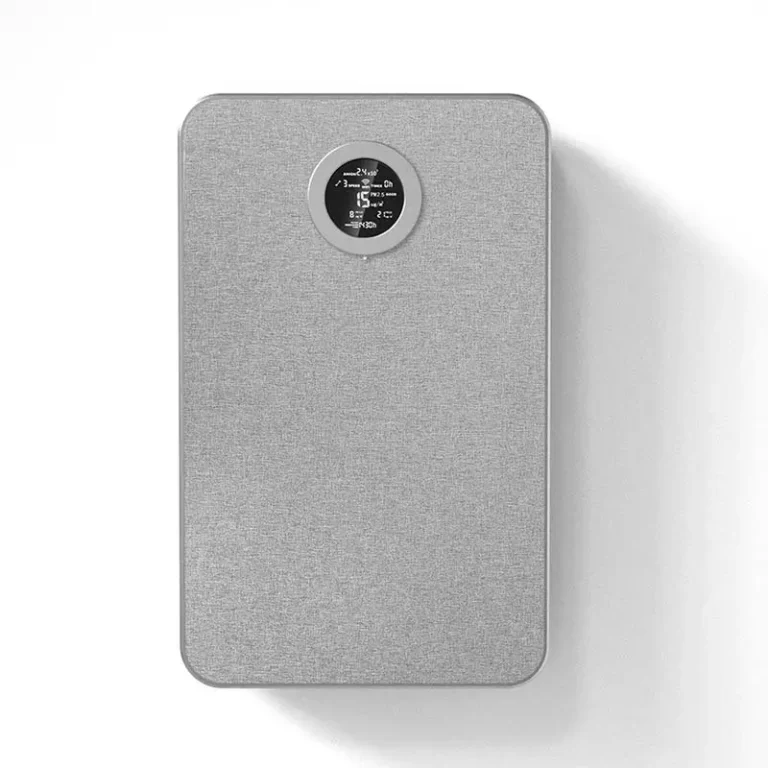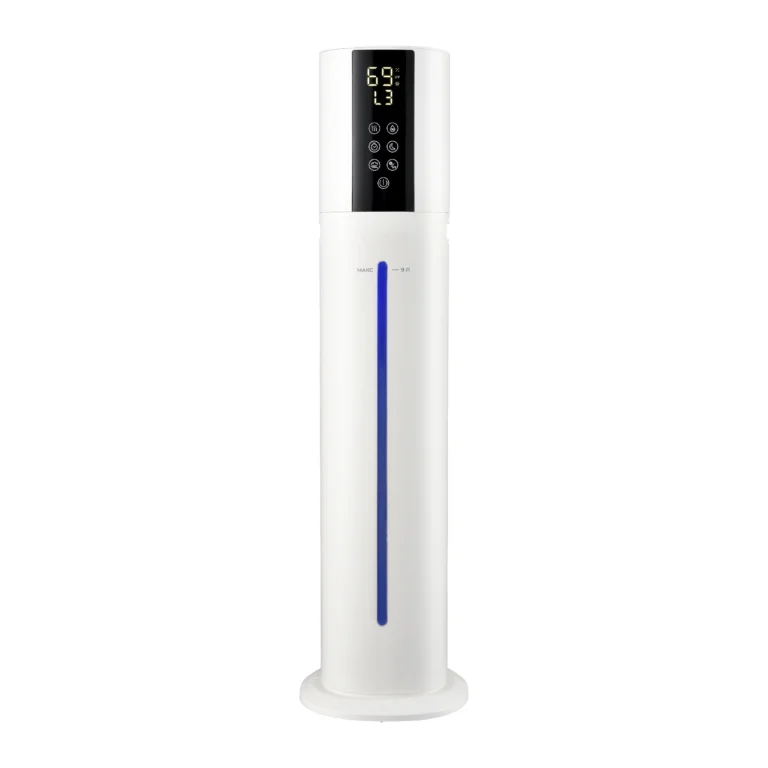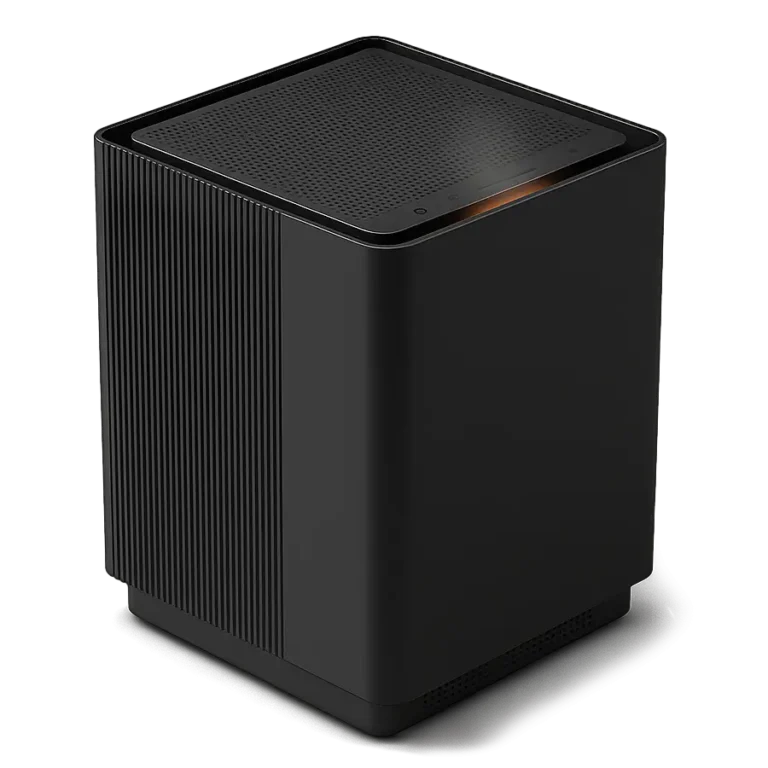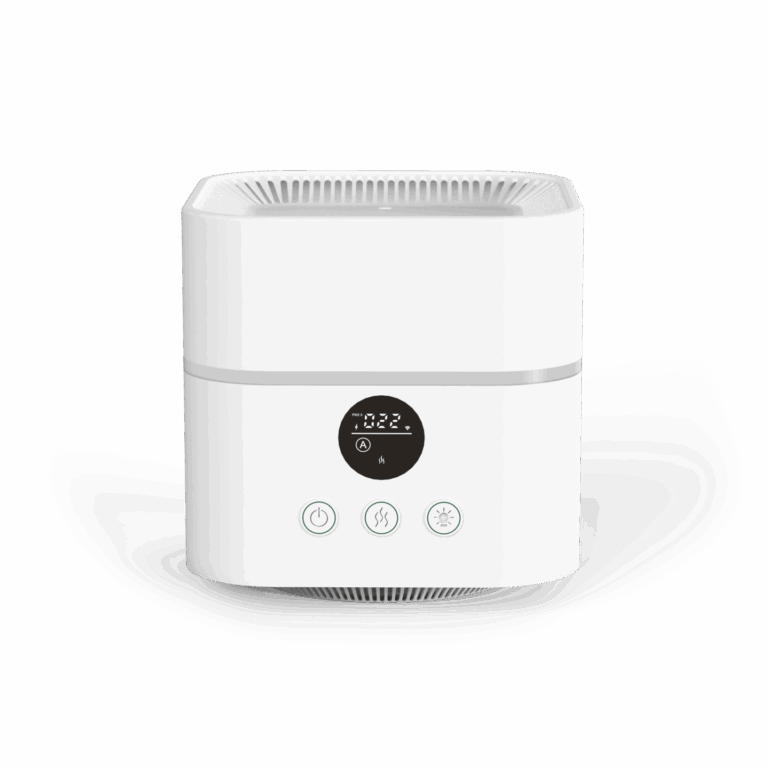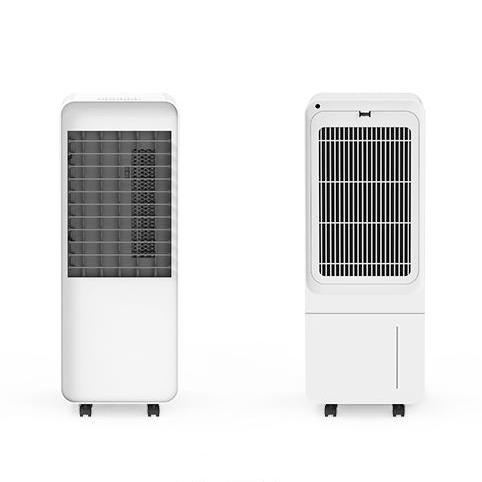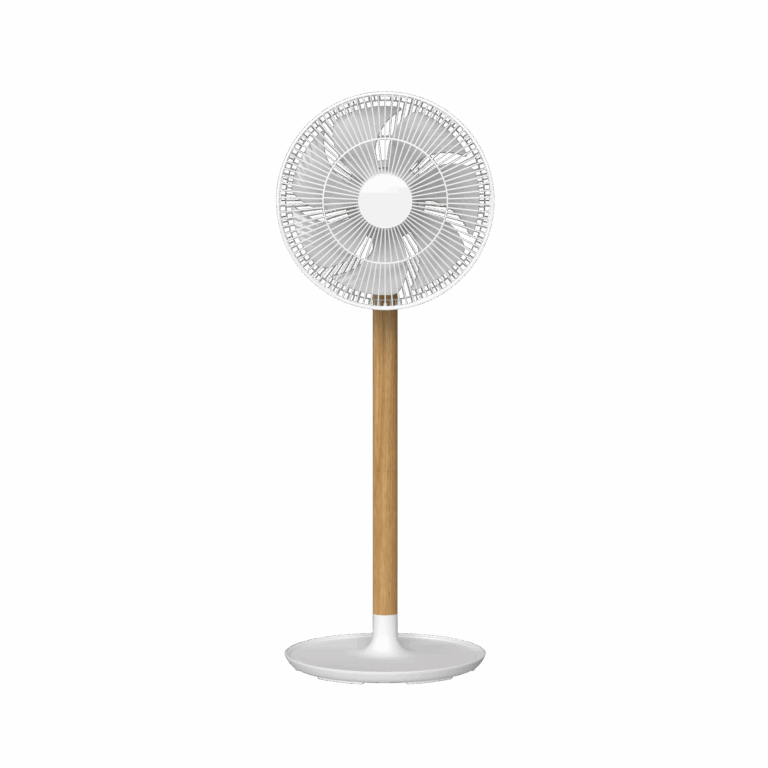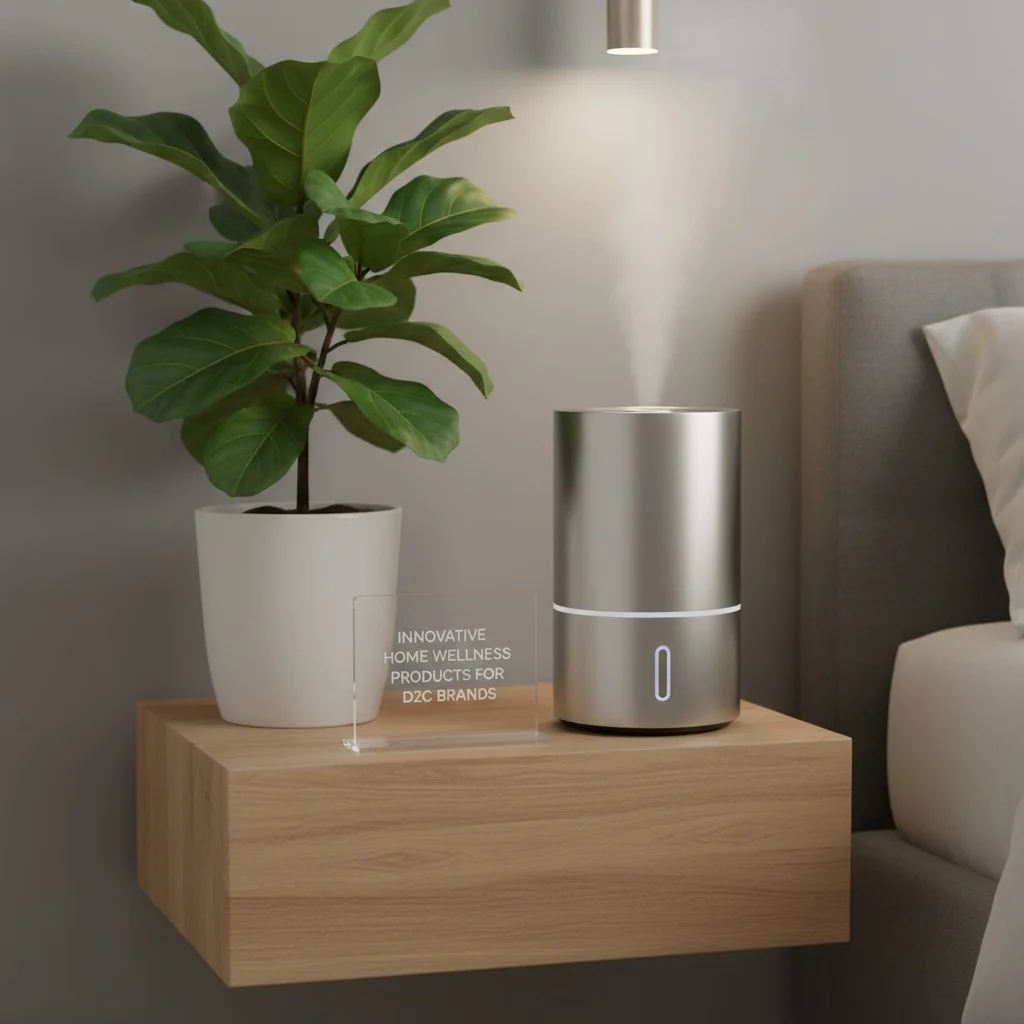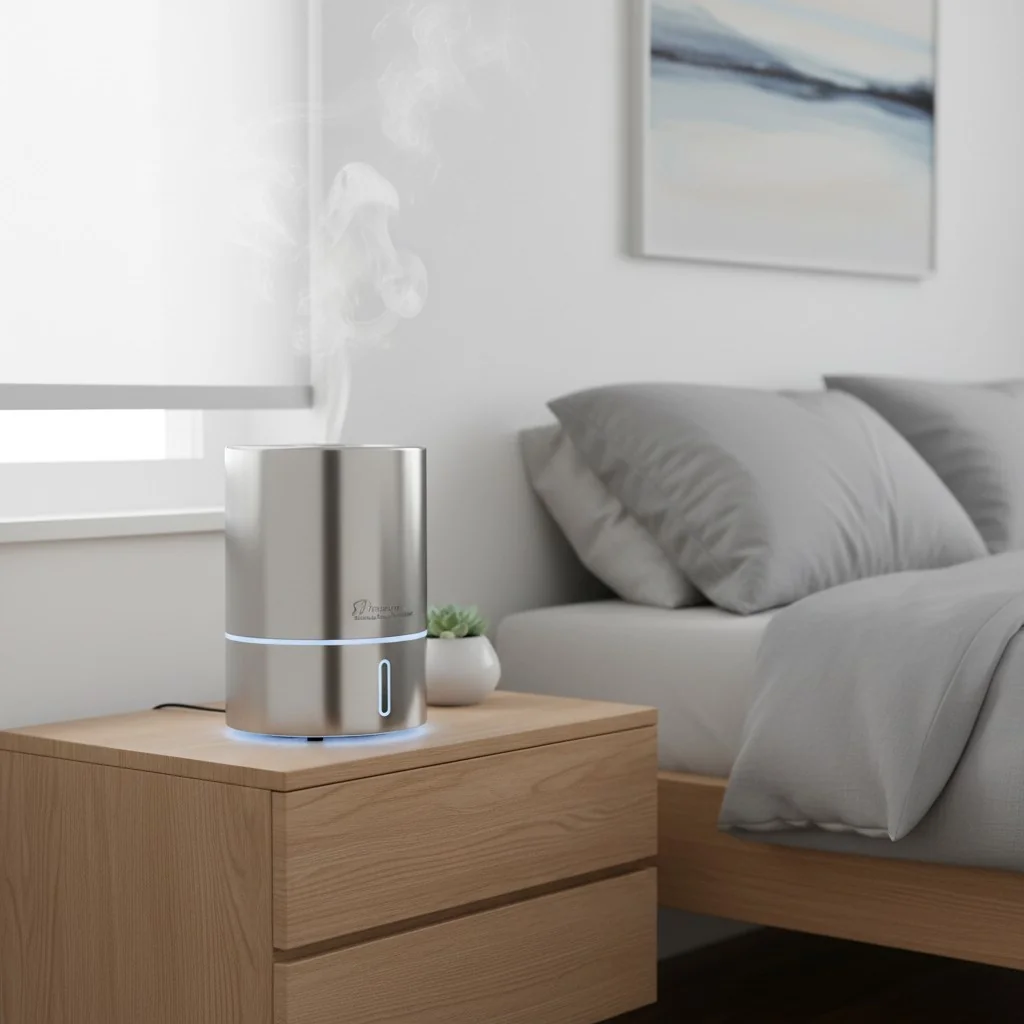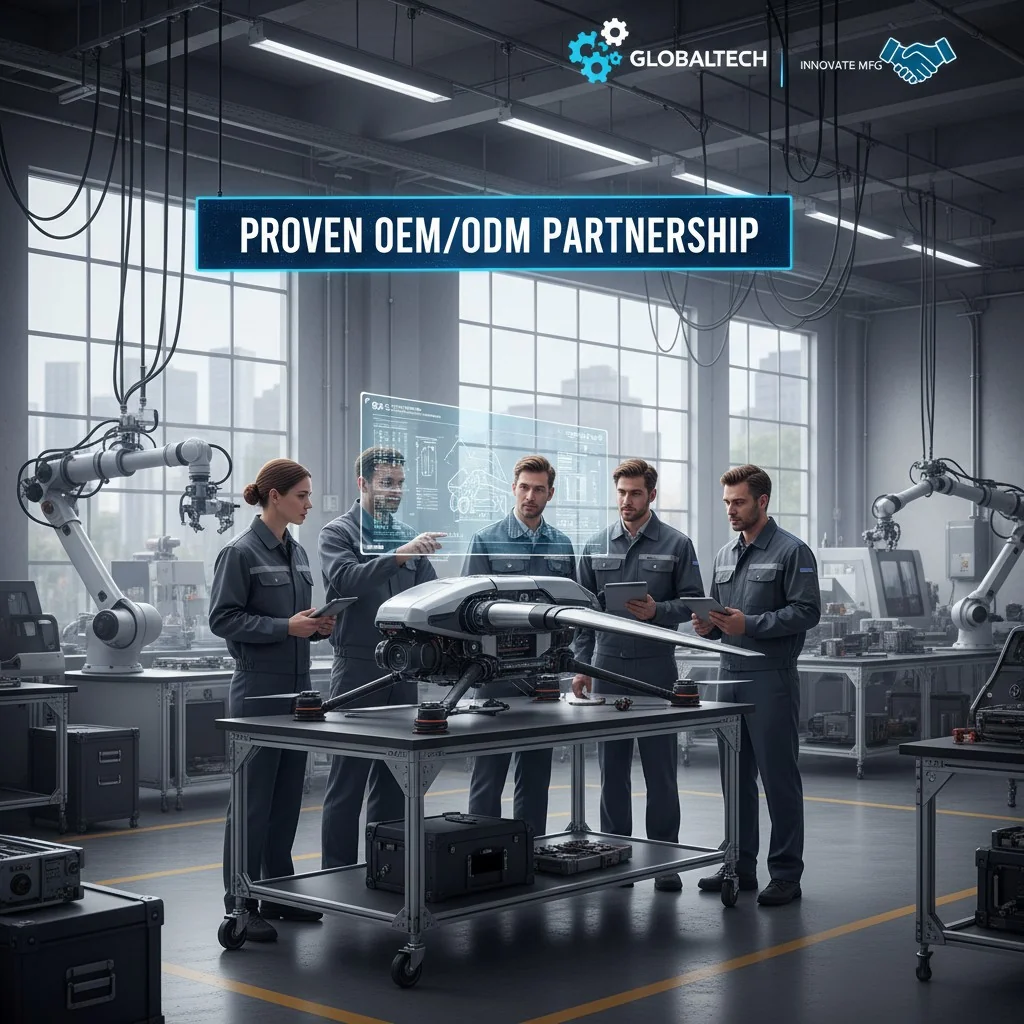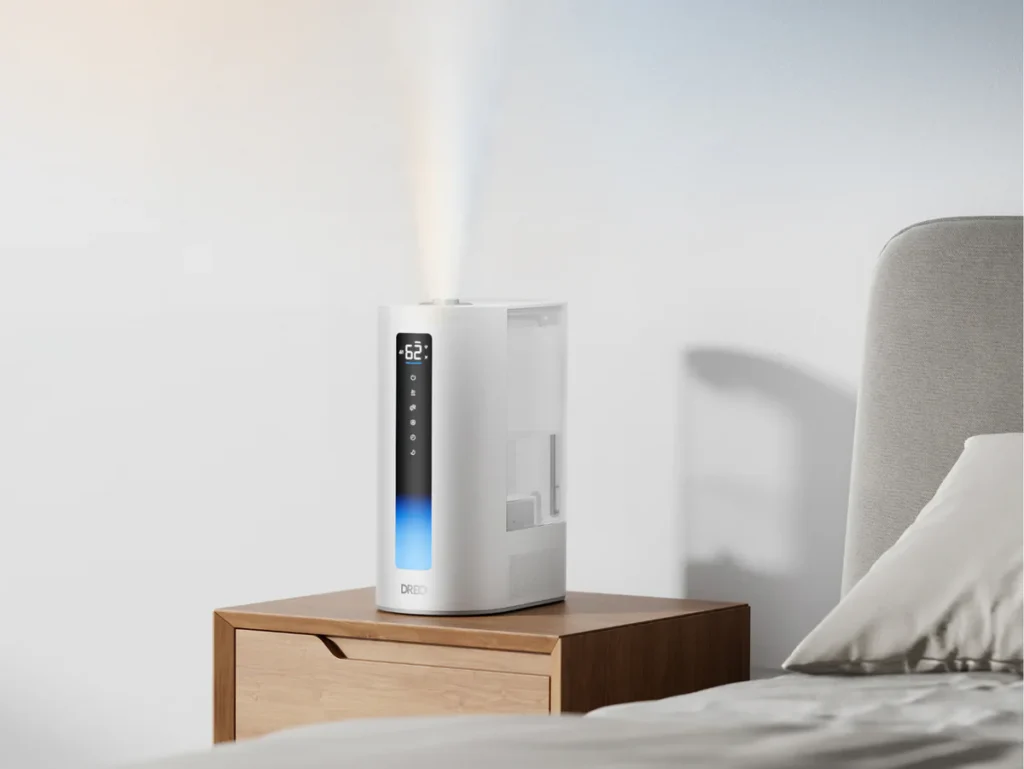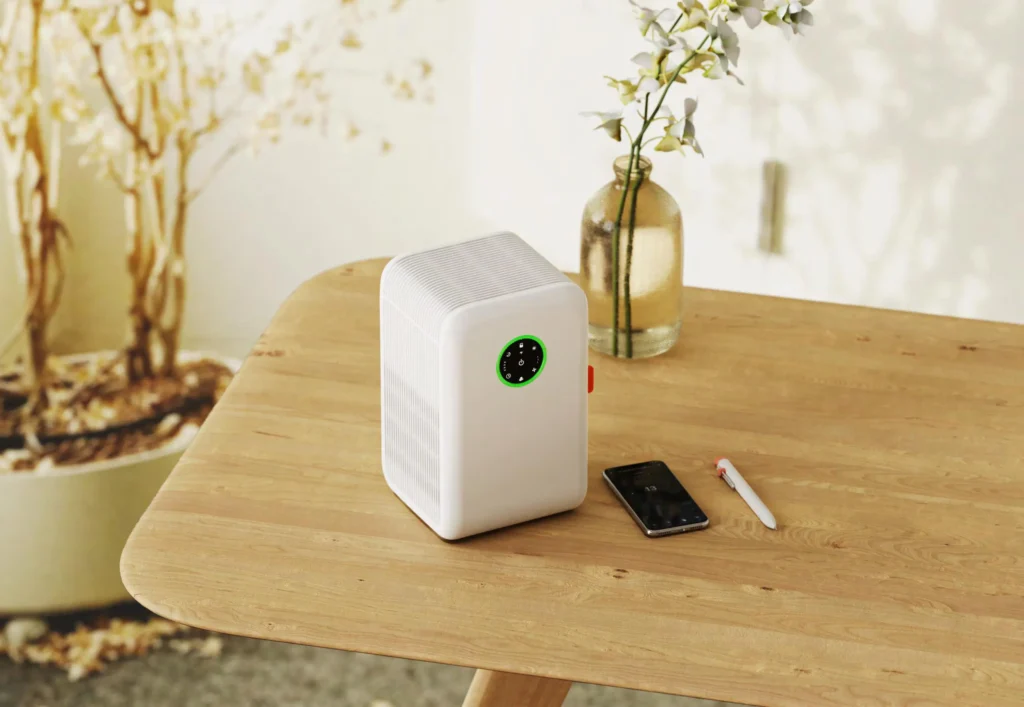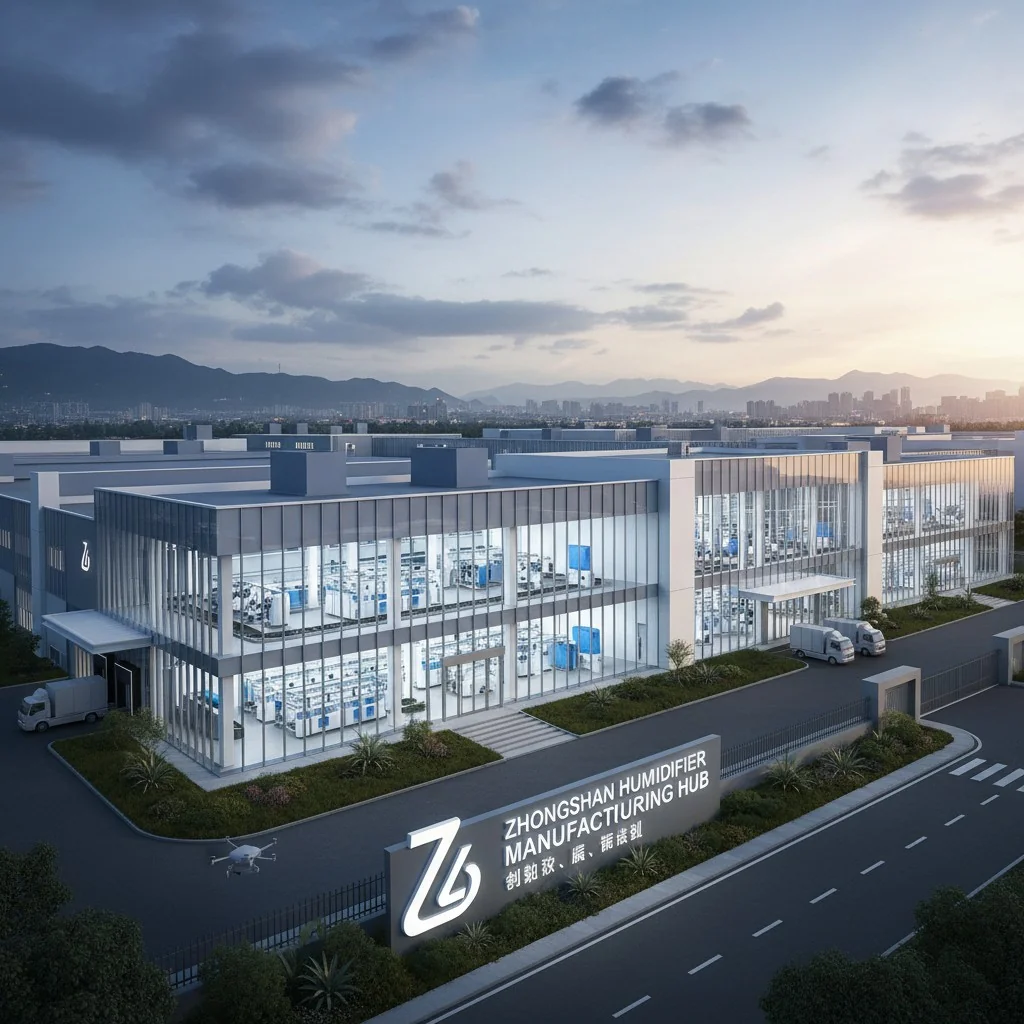In the rapidly evolving landscape of air quality solutions, bringing a product to market involves navigating a complex web of manufacturing models. For businesses looking to innovate and deliver cutting-edge air purification and management systems, understanding the nuances of Original Equipment Manufacturing (OEM), Original Design Manufacturing (ODM), and Joint Design Manufacturing (JDM) is crucial. Each model offers distinct advantages and disadvantages, impacting everything from intellectual property control and development costs to time-to-market and scalability. This blog post will delve into these three manufacturing paradigms, helping you determine the optimal approach for your air quality product, with a special focus on how companies like HisoAir leverage these models to deliver superior solutions.
Understanding the Air Quality Product Market
The global air quality product market is characterized by rapid technological advancements, increasing consumer awareness of indoor air pollution, and stringent regulatory standards. This dynamic environment presents both immense opportunities and significant challenges for manufacturers. Key considerations in this market include:
- Technological Innovation: Continuous emergence of new filtration technologies, sensor advancements, and smart connectivity features necessitates agile manufacturing partners.
- Regulatory Compliance and Certifications: Adherence to various national and international standards (e.g., CADR, ETL, FCC) is paramount, making partners with robust testing and certification expertise invaluable.
- Supply Chain Resilience: Diversified and resilient supply chains are crucial, with multi-national production capabilities offering flexibility and mitigating risks.
- Brand Differentiation and Customization: The chosen manufacturing model must support the desired level of customization and brand identity.
- Cost Efficiency and Scalability: Balancing development costs, production efficiency, and rapid scalability is critical for profitability.
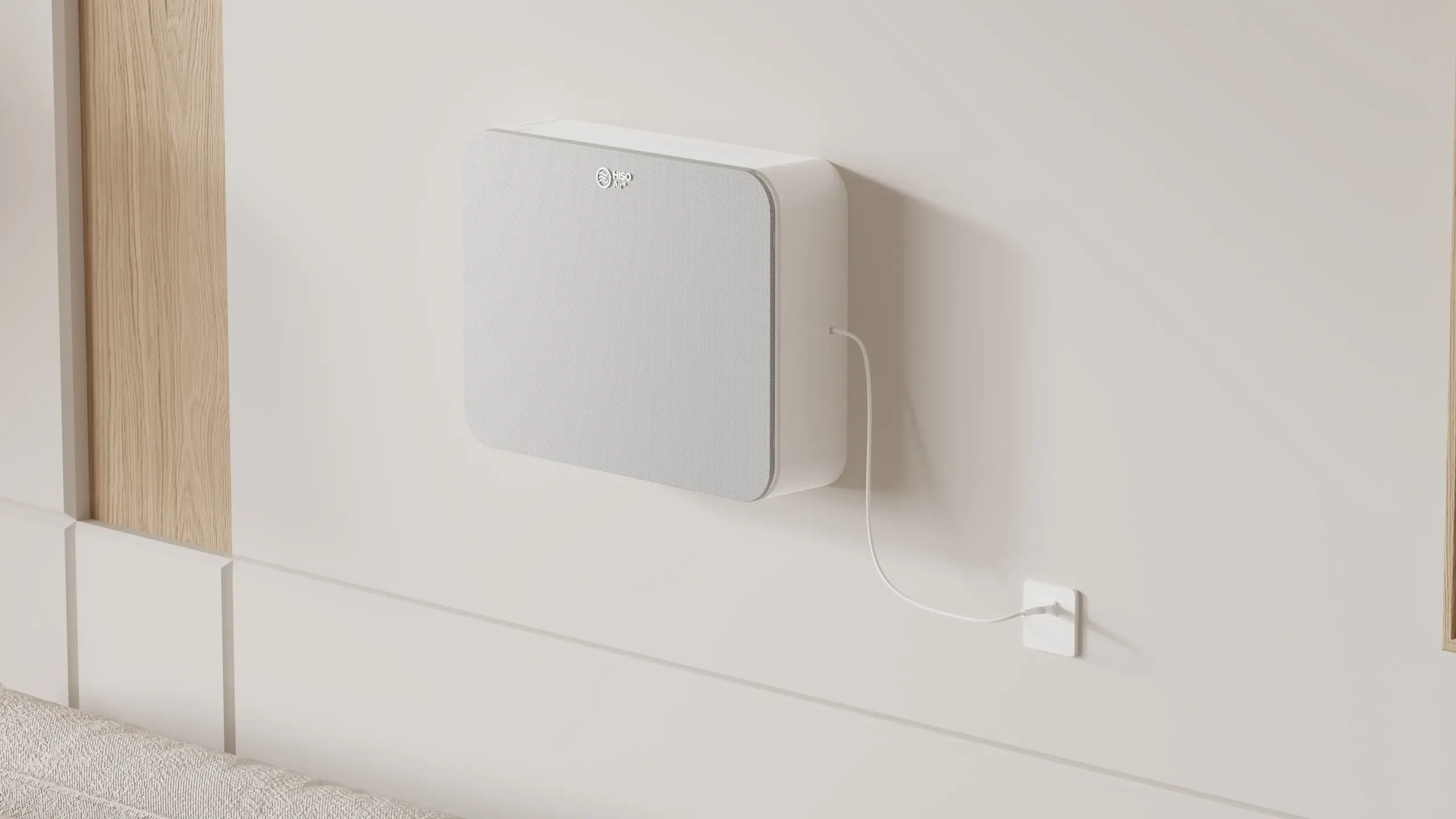
These market dynamics directly influence the choice between OEM, ODM, and JDM, as each model offers different levels of control, collaboration, and cost structures.
OEM (Original Equipment Manufacturing)
OEM is a traditional model where a brand owner designs a product and contracts a manufacturer to produce it according to their exact specifications. The brand owner retains full control over design, intellectual property (IP), and branding. The OEM manufacturer acts primarily as a production facility.
Characteristics of OEM:
- Client-Driven Design: Brand owner provides all design blueprints and specifications.
- High IP Control for Brand Owner: Brand owner owns all IP related to the product design.
- Manufacturer as Assembler: OEM sources components, assembles, and conducts quality checks based on client guidelines.
- Branding by Client: Final product is sold under the brand owner's name.
Advantages of OEM for Air Quality Products:
- Full Control Over Design and IP: Safeguards proprietary technologies (e.g., HisoAir's Decibel Cancellation™ Technology).
- Brand Consistency: Maintains consistent brand identity and product quality.
- Specialization: Allows brand owners to focus on R&D, marketing, and sales.
- Cost-Effectiveness for Large Volumes: Efficient for established designs and high-volume production.
Disadvantages of OEM for Air Quality Products:
- High Upfront Investment: Brand owner bears full cost for design, engineering, and prototyping.
- Longer Time-to-Market: Design and development phase is entirely on the brand owner.
- Reliance on Internal Expertise: Requires significant in-house design and engineering capabilities.
- Limited Manufacturer Input: OEM has minimal input on design improvements.
When OEM is the Right Choice:
Ideal for air quality companies with well-defined product designs, strong in-house R&D, complete IP control, and readiness for high-volume production. Suitable for scaling existing successful lines or introducing new products based on proprietary technologies.
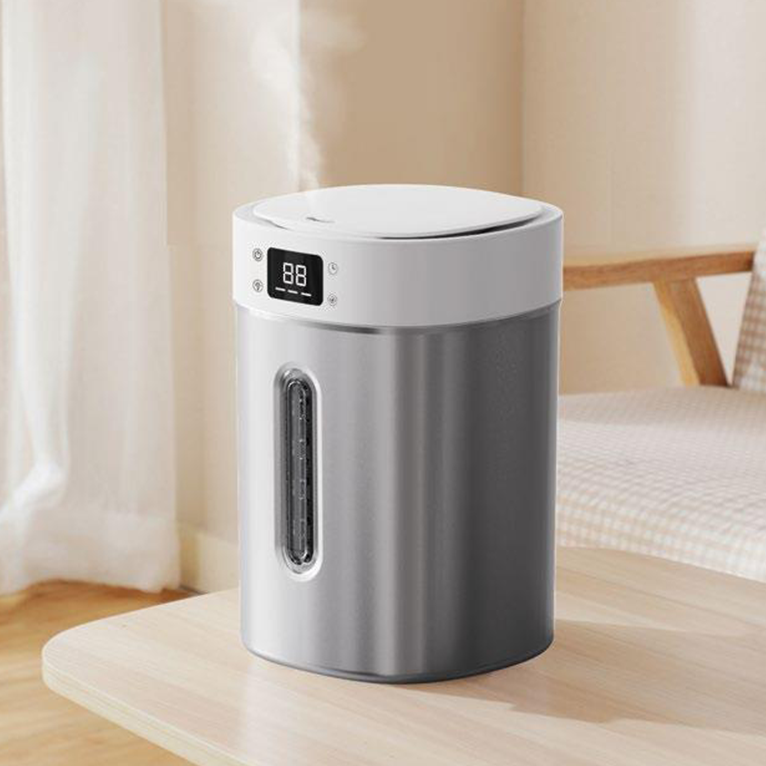
ODM (Original Design Manufacturing)
ODM is where the manufacturer designs and produces a product, which is then rebranded and sold by another company. The ODM manufacturer owns the design and IP. The brand owner selects an existing product from the ODM's catalog, often with minor modifications.
Characteristics of ODM:
- Manufacturer-Driven Design: ODM designs and develops the product.
- Lower IP Control for Brand Owner: ODM retains ownership of core design and IP.
- Customization Options: Limited to branding and minor feature adjustments.
- Faster Time-to-Market: Reduced development phase due to existing design.
Advantages of ODM for Air Quality Products:
- Reduced Development Costs and Time-to-Market: Quick market entry with pre-designed solutions.
- Access to Manufacturer's Expertise: Leverages ODM's specialized knowledge in product categories.
- Lower Risk: Reduced risks associated with product development.
- Scalability: Easier to scale production without own manufacturing infrastructure.
Disadvantages of ODM for Air Quality Products:
- Limited Product Differentiation: Products may be similar to competitors using the same ODM.
- Less Control Over IP: Limited control over core IP, potential long-term strategic disadvantage.
- Dependency on ODM: High reliance on ODM for updates, quality, and supply chain.
- Potential for Design Compromises: Customization is often limited.
When ODM is the Right Choice:
Suitable for businesses wanting to quickly launch air quality products with minimal upfront R&D. Ideal for startups, expanding product lines, or white-label solutions where speed and cost efficiency are prioritized over unique design and full IP ownership.
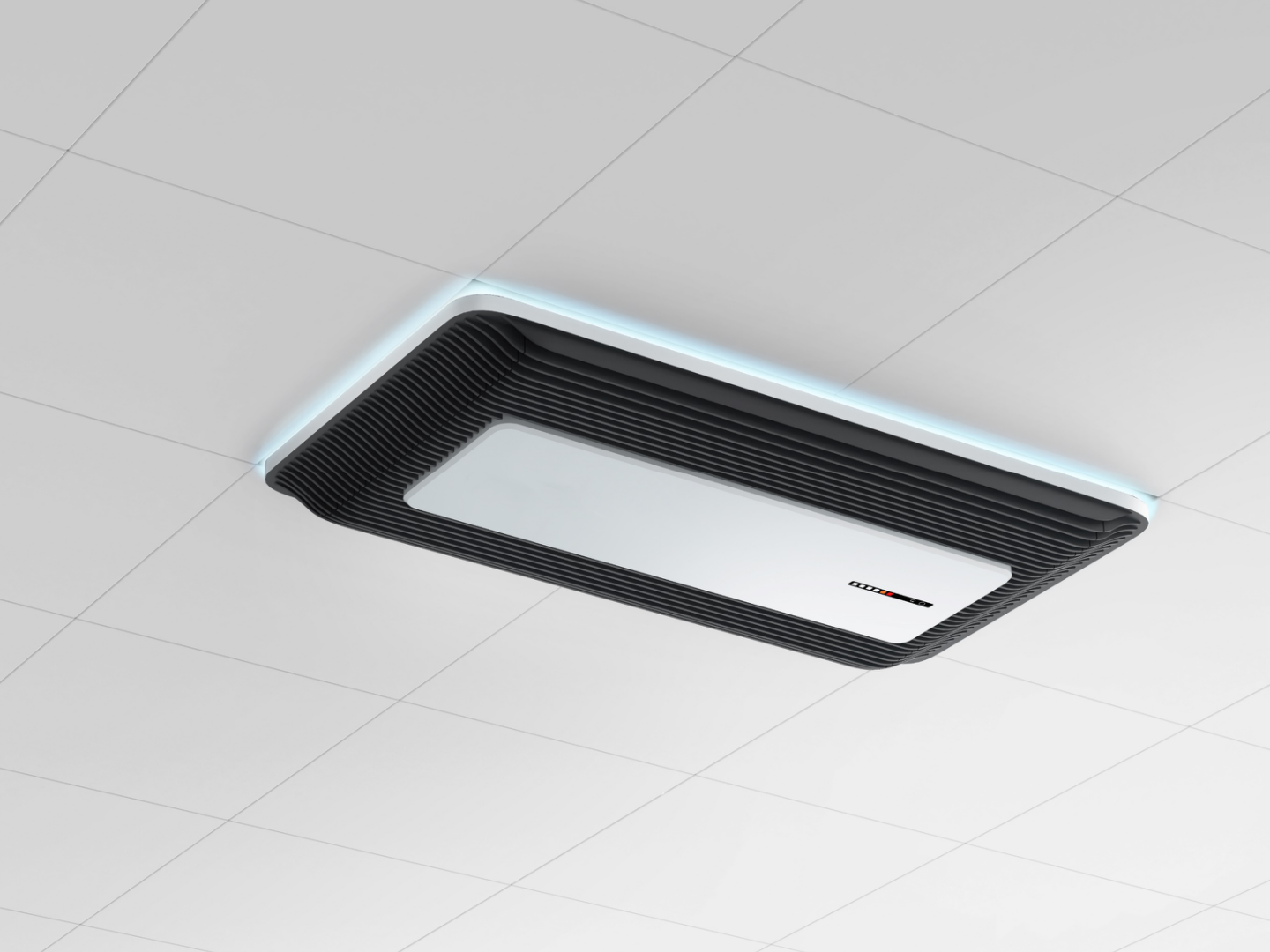
JDM (Joint Design Manufacturing)
JDM is a collaborative model where the brand owner and manufacturer work together from early design stages. Both contribute expertise, resources, and IP to create a new product, emphasizing shared responsibility and mutual benefit.
Characteristics of JDM:
- Collaborative Design and Development: Both parties actively participate in design, engineering, and prototyping.
- Shared IP and Investment: IP ownership can be shared or negotiated; both may co-invest.
- Optimized for Innovation and Efficiency: Leverages strengths of both parties for innovative solutions.
- Customization and Uniqueness: Allows for highly customized and unique products.
Advantages of JDM for Air Quality Products:
- Balanced Control and Collaboration: Significant control for brand owner, benefiting from manufacturer's technical knowledge.
- Enhanced Innovation: Combines market insights with engineering expertise for innovative, manufacturable solutions. HisoAir's JDM model emphasizes collaboration while retaining IP control and guaranteeing unit economics.
- Optimized Manufacturability: Early integration of manufacturing considerations avoids costly redesigns.
- Risk Sharing: Shared investment and responsibility mitigate financial risks.
- Faster Development than Pure OEM: Streamlined design-for-manufacturing process.
Disadvantages of JDM for Air Quality Products:
- Requires Strong Partnership and Communication: Success relies on effective communication and trust.
- Complex IP Agreements: Negotiating IP rights can be complex.
- Potentially Higher Initial Costs than ODM: Higher initial investment than off-the-shelf ODM products.
- Longer Time-to-Market than ODM: Significant design and development phase.
When JDM is the Right Choice:
Excellent for air quality companies seeking innovative, customized products by leveraging a manufacturing partner's design and engineering capabilities. Ideal for mid-sized to large companies looking for strategic partnerships to co-create unique solutions, especially for complex technologies or high customization, while retaining significant IP control.

Choosing the Right Manufacturing Model for Your Air Quality Product
Selecting the ideal manufacturing model is a strategic decision based on your business, product, and market goals. Consider:
1. Assess Your In-House Capabilities and Resources:
- Strong R&D and Design Team? OEM allows full IP control.
- Limited Design Resources? ODM or JDM are advantageous.
- Financial Investment Capacity: OEM requires higher upfront investment; ODM has lower initial costs; JDM involves shared investment.
2. Define Your Product Uniqueness and IP Strategy:
- Proprietary Technology? OEM or JDM protect and leverage IP.
- Standard Product with Branding? ODM is efficient for quick branding.
- Customization Needs: OEM or JDM for significant customization.
3. Consider Your Time-to-Market and Market Entry Strategy:
- Speed to Market is Critical? ODM is fastest.
- Strategic, Long-Term Innovation? OEM and JDM involve longer cycles but deeper innovation.
4. Evaluate Supply Chain Control and Risk Tolerance:
- Full Supply Chain Control Desired? OEM offers most control.
- Risk Mitigation through Partnership? JDM shares risks; ODM offloads most manufacturing risks.
- Multi-National Production: Diversified production (e.g., China, Vietnam, Thailand, Malaysia) is a significant advantage.
5. Focus on Quality Control and Certifications:
- Ensure your partner has robust quality control and meets international certifications (ETL, FCC, CE, etc.). HisoAir's emphasis on CNAS-accredited laboratory testing is crucial.
A Hybrid Approach:
Some companies use different models for different product lines. For example, ODM for entry-level products and JDM for flagship systems, optimizing strategy based on specific requirements.
HisoAir's Approach as an Example:
HisoAir's expertise in OEM/ODM services and its JDM model highlight a flexible approach. Their proficiency across all three models allows them to serve diverse clients, from quick market entry with private label solutions (ODM) to deep collaborative innovation (JDM) or precise execution of client designs (OEM).

Conclusion
Choosing between OEM, ODM, and JDM is a pivotal decision for any company in the air quality product sector. Each model presents unique benefits and challenges, and the optimal choice hinges on your specific business objectives, resources, and risk appetite. Whether you prioritize full control over intellectual property, rapid market entry, or collaborative innovation, understanding these manufacturing paradigms is the first step towards a successful product launch.
For businesses aiming to deliver high-quality, innovative air quality solutions, partnering with a manufacturer that offers flexibility across these models, like HisoAir, can be a significant advantage. By carefully evaluating your needs against the strengths of each manufacturing approach, you can forge the right partnership to bring your air quality product vision to life, efficiently and effectively.


